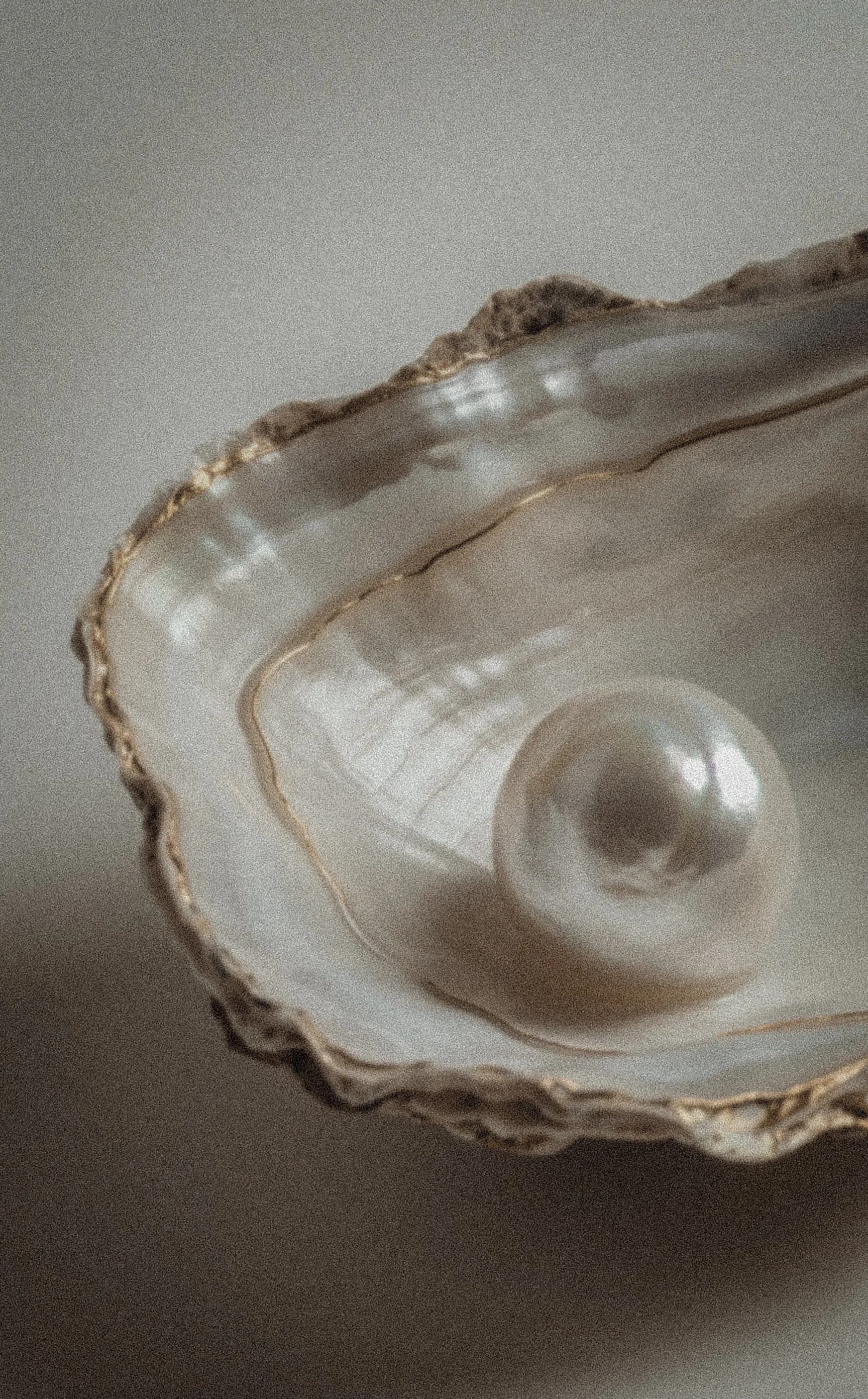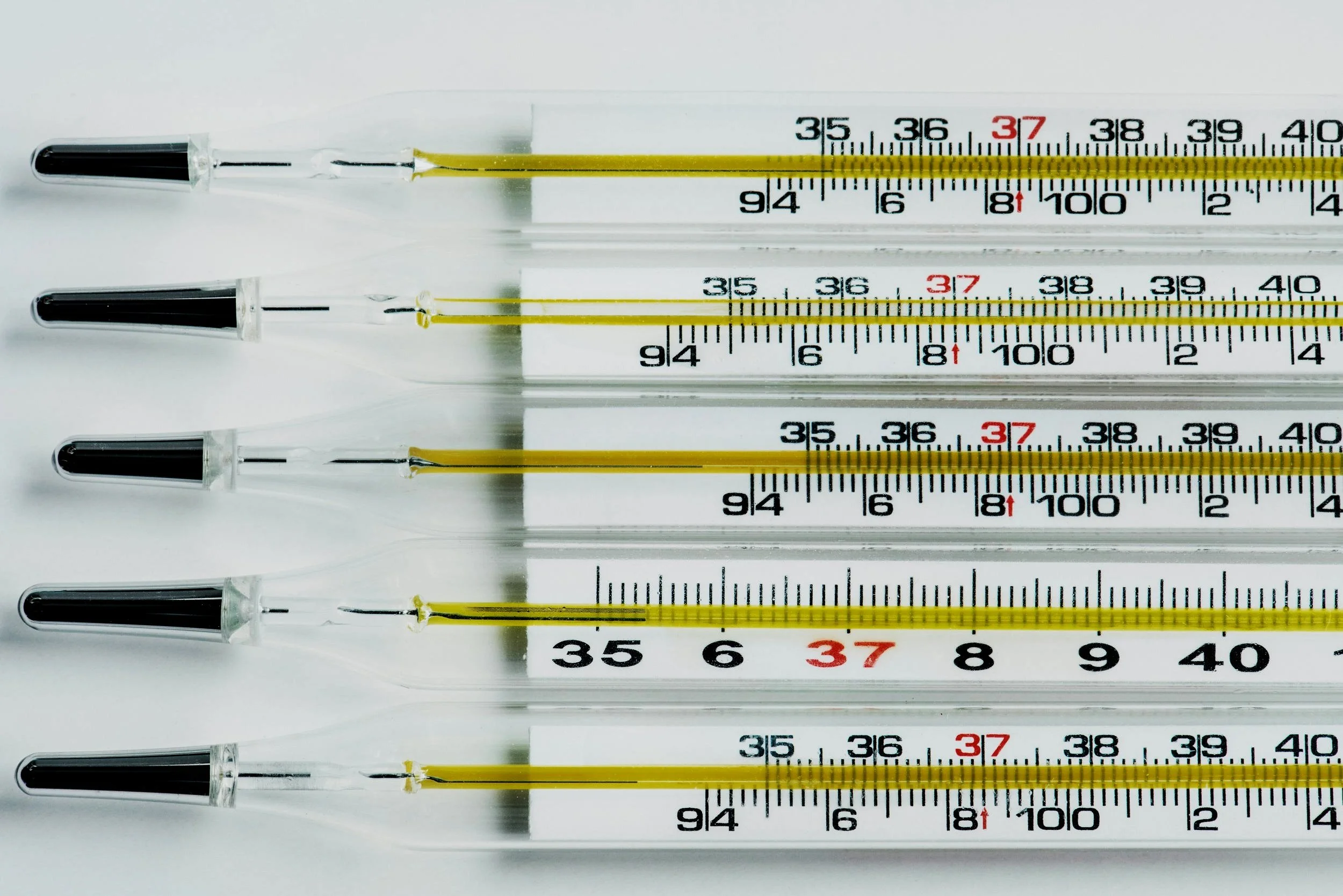Decoding Your Cycle: What Your Period Says About Your Fertility
Your period is a monthly indicator of how your hormone system is functioning and can be used as a powerful diagnostic tool, offering insights into both your overall health and your fertility. By learning to interpret your period and cycle as a whole, you’ll uncover valuable information about your reproductive health that can inform the treatment approaches that will work best for you. This post will explore what an ideal cycle looks like, the messages delivered by your period each month, and how Traditional East Asian Medicine (TEAM) interprets your period to diagnosis your unique Fertility Type. To learn more about the Five Fertility Types check out this article here.
The Four Phases of the Menstrual Cycle
To understand what your cycle says about your fertility, it’s helpful to break it down into four phases. Each phase has a distinct hormone profile and characteristics that can offer clues and insights into your hormonal health and balance.
The Menstrual Phase (Days 1-5)
What Happens: The uterine or endometrial lining sheds, resulting in your period. The first day of full bleeding, not just spotting, is Day1 of your cycle.
Western Perspective: This phase is triggered by a drop in progesterone levels and subsequent contraction of the uterus as the corpus luteum, a small, progesterone-producing gland created by the ovarian follicle following ovulation, begins to break down.
Eastern Perspective: The Blood Phase. The focus is on the quality and flow of menstrual blood - which should be smooth, moderate, and without any accompanying symptoms.
Ideal Signs: Bright red blood with no clots, steady flow lasting 4-5 days.
Potential Imbalances:Dark blood or clots: Stuck Fertility Type
Pale or scanty blood: Pale or Tired Fertility Type.
Heavy flow: Dry or Tired Fertility Type..
The Follicular Phase (Days 6-14)
What Happens: The body prepares for ovulation. Follicle-stimulating hormone (FSH) is released from your pituitary gland in your brain which acts on your ovaries to promote the growth of ovarian follicles. These activated follicles begin producing estrogen that feeds back to the brain to turn off FSH and trigger the release of Luteinizing Hormone (LH) as they reach maturity.
Eastern Perspective: This is the Yin phase, focused on building Blood and nourishing Kidney Yin to replenish the body’s resources.
Ideal Signs: A calm, energized feeling with clear, slippery cervical fluid in the days leading up to ovulation and signalling the optimum time for trying, if you are TTC.
Potential Imbalances:Dry cervical mucus: Dry Fertility Type
Fatigue: Tired or Pale Fertility Type
The Ovulatory Phase (Days 14-16)
What Happens: Luteinizing hormone (LH) spikes as the result of peak estrogen levels, a mature egg is released, and the corpus luteum rapidly forms from the vacated follicle. Cervical mucus becomes clear and stretchy, signaling ovulation.
Eastern Perspective: This phase marks the transition from Yin to Yang, supported by Liver Qi for releasing the egg.
Ideal Signs: Abundant, clear, stretchy cervical mucus, mild warmth or libido boost.
Potential Imbalances:Painful ovulation: Stuck Fertility Type
No cervical mucus: Dry Fertility Type
The Luteal Phase (Days 16-28)
What Happens: Progesterone is released from the corpus luteum to support a potential pregnancy. If conception doesn’t occur, the corpus luteum will begin to shrink and be reabsorbed, and your progesterone levels drop, leading to the next menstrual phase.
Eastern Perspective: Strong Kidney Yang and sufficient Blood maintain a warm, nourishing uterine environment that supports implantation.
Ideal Signs: A rise in basal body temperature, stable energy, no spotting.
Potential Imbalances:Spotting: Tired or Waterlogged Fertility Type
Premenstrual symptoms: Stuck Fertility Type
What Specific Signs and Symptoms Mean
Your body provides clues about your fertility through the quality, color, and consistency of your menstrual blood, as well as other symptoms throughout your cycle. Here’s what they could mean from both Western and TEAM perspectives:
Menstrual Blood as a Diagnostic Tool
Bright red blood:
Normal in both TEAM and Western medicine.
Dark brown blood at the start or end of the period:
Western view: Old blood that wasn’t fully expelled.
Eastern view: Stuck or Tired Fertility Type.
Heavy bleeding with clots:
Western view: Uterine fibroids or hormonal imbalances (e.g., excess estrogen).
Eastern view: Stuck or Dry Fertility Type.
Scanty bleeding:
Western view: Low estrogen or uterine lining issues.
Eastern view: Pale or Dry Fertility Type.
Premenstrual Symptoms
Bloating and breast tenderness:
Western view: High progesterone or estrogen dominance.
Eastern view: Stuck or Waterlogged Fertility Type.
Mood swings or irritability:
Western view: Fluctuating serotonin levels.
Eastern view: Stuck Fertility Type.
Ovulation and Fertility Signs
Clear, stretchy cervical mucus (egg white consistency):
Western view: High estrogen and optimal fertility.
Eastern view: Strong reproductive potential.
No cervical mucus:
Western view: Estrogen deficiency or hydration issues.
Eastern view: Dry or Pale Fertility Type.
Spotting Between Periods
Western view: May indicate hormonal imbalances (low progesterone or ovulation spotting).
Eastern view: Tired Fertility Type leading to inappropriate bleeding.
What an Ideal Fertile Cycle Looks Like (According to Eastern Medicine)
Regularity: 28-30 days is ideal, with no more than a 2-3 day variation between cycles.
Menstruation: 4-5 days of steady flow, bright red blood, no clots, significant pain, or any other typical PMS symptoms.
Ovulation: Clear signs of fertile cervical mucus, no pain or discomfort.
Luteal Phase: A 12-14 day period of stable warmth (measured by basal body temperature), with no premenstrual spotting.
Basal Body Temperature (BBT) Charting: A Window Into Your Fertility
BBT charting is one of the most effective ways to gain insight into your menstrual cycle and fertility. By tracking your body’s resting temperature each morning, you can identify key hormonal shifts throughout your cycle.
How to Chart Your BBT
Use a basal thermometer for accuracy.
Take your temperature at the same time every morning before getting out of bed or drinking anything.
Record your daily temperature on a chart or in a fertility app.
What BBT Tells You
Before Ovulation: Basal body temperature typically ranges between 97.0°F and 97.7°F (36.1°C to 36.5°C).
Around Ovulation: A slight dip in temperature may occur, followed by a sharp rise (0.4°F to 1°F) signaling ovulation.
After Ovulation: Elevated temperatures (97.8°F to 98.6°F or 36.5°C to 37.0°C) persist during the luteal phase due to increased progesterone.
Cycle Patterns: Consistent patterns indicate balanced hormones, while erratic charts may signal potential issues such as anovulation, luteal phase defects, or hormonal imbalances.
Interpreting BBT Charts Through TEAM
Low Pre-Ovulatory Temps: Tired Fertility Type.
High Pre-Ovulatory Phase: Dry Fertility Type.
Long Follicular Phase: Dry or Tired Fertility Type.
Short Follicular Phase: Dry or Stuck Fertility Type
Unsteady Rise in Temps Post-Ovulation: Tired Fertility Type.
Short Luteal Phase: Tired Fertility Type.
Benefits of BBT Charting
Confirms ovulation has occurred, less useful for predicting ovulation.
Identifies hormone issues and potential fertility challenges.
Provides a daily connection to your body’s natural rhythms.
Can be the first indicator of pregnancy.
Looking for more?
Fertile Earth offers a comprehensive and strategic approach to treating fertility and other hormonal issues. It’s not about trying to get a perfect period or finding the one thing that’s going to unlock your fertility, but understanding the right things for you at the right time and applying them with expert guidance and compassionate support.






